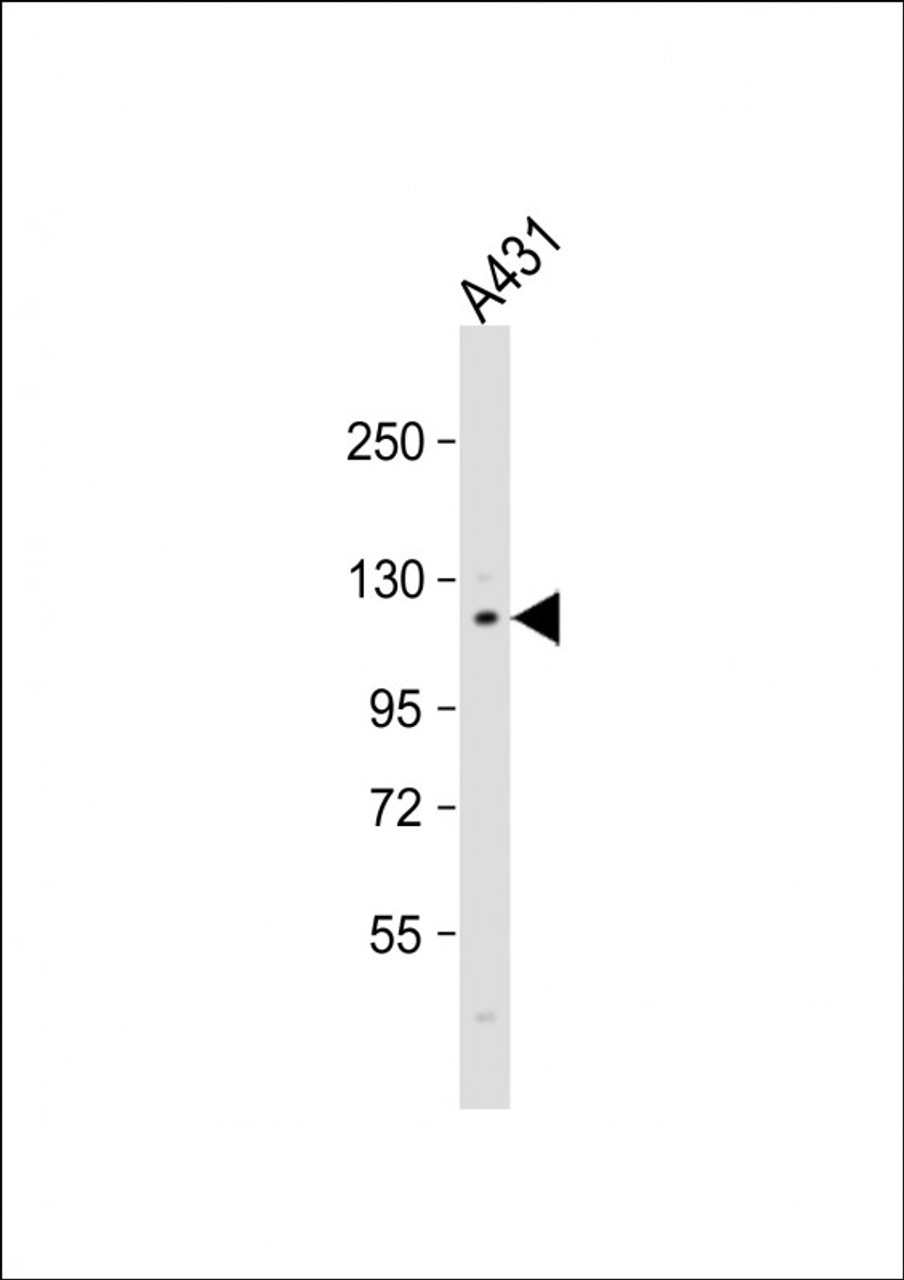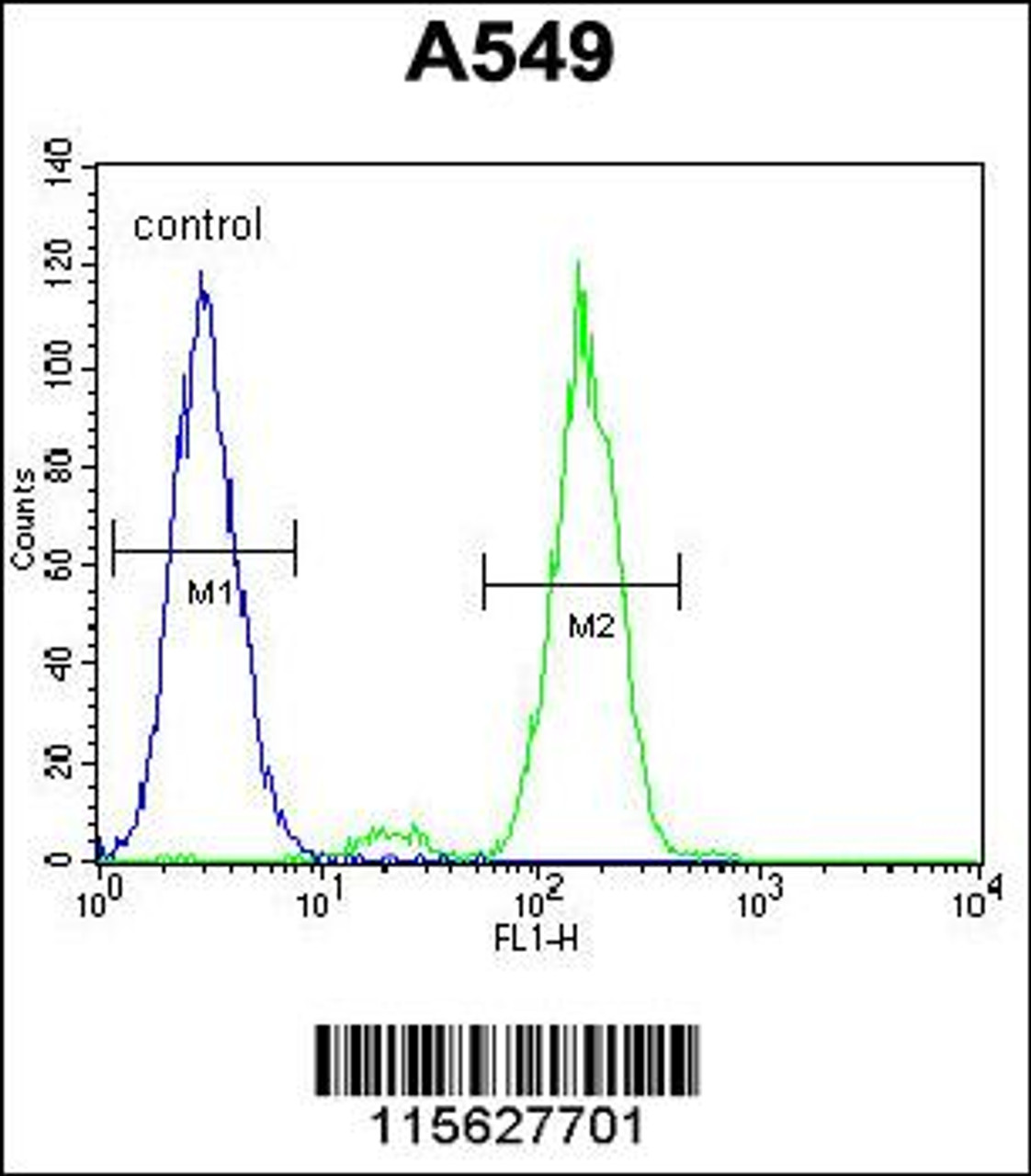Product Description
FAK1 Antibody | 63-158 | ProSci
Host: Rabbit
Reactivity: Human
Homology: Predicted species reactivity based on immunogen sequence: Chicken, Mouse, Rat, Xenopus
Immunogen: This FAK1 antibody is generated from rabbits immunized with a KLH conjugated synthetic peptide between 557-587 amino acids from human FAK1.
Research Area: Cancer, Signal Transduction
Tested Application: WB, Flow
Application: For WB starting dilution is: 1:1000
For FACS starting dilution is: 1:10~50
Specificiy: N/A
Positive Control 1: N/A
Positive Control 2: N/A
Positive Control 3: N/A
Positive Control 4: N/A
Positive Control 5: N/A
Positive Control 6: N/A
Molecular Weight: 119 kDa
Validation: N/A
Isoform: N/A
Purification: This antibody is purified through a protein A column, followed by peptide affinity purification.
Clonality: Polyclonal
Clone: N/A
Isotype: Rabbit Ig
Conjugate: Unconjugated
Physical State: Liquid
Buffer: Supplied in PBS with 0.09% (W/V) sodium azide.
Concentration: batch dependent
Storage Condition: Store at 4˚C for three months and -20˚C, stable for up to one year. As with all antibodies care should be taken to avoid repeated freeze thaw cycles. Antibodies should not be exposed to prolonged high temperatures.
Alternate Name: Focal adhesion kinase 1, FADK 1, Focal adhesion kinase-related nonkinase, FRNK, Protein phosphatase 1 regulatory subunit 71, PPP1R71, Protein-tyrosine kinase 2, p125FAK, pp125FAK, PTK2, FAK, FAK1
User Note: Optimal dilutions for each application to be determined by the researcher.
BACKGROUND: FAK1 is a cytoplasmic protein tyrosine kinase which is found concentrated in the focal adhesions that form between cells growing in the presence of extracellular matrix constituents. This protein is a member of the FAK subfamily of protein tyrosine kinases but lacks significant sequence similarity to kinases from other subfamilies. Activation of the gene encoding FAK1 may be an important early step in cell growth and intracellular signal transduction pathways triggered in response to certain neural peptides or to cell interactions with the extracellular matrix.
 Euro
Euro
 USD
USD
 British Pound
British Pound
 NULL
NULL









![FAK1 Antibody (Y576) [APR05998G] FAK1 Antibody (Y576) [APR05998G]](https://cdn11.bigcommerce.com/s-452hpg8iuh/images/stencil/500x659/products/868293/1160360/logo__92149.1659788186__65981.1659864315.png?c=2)


